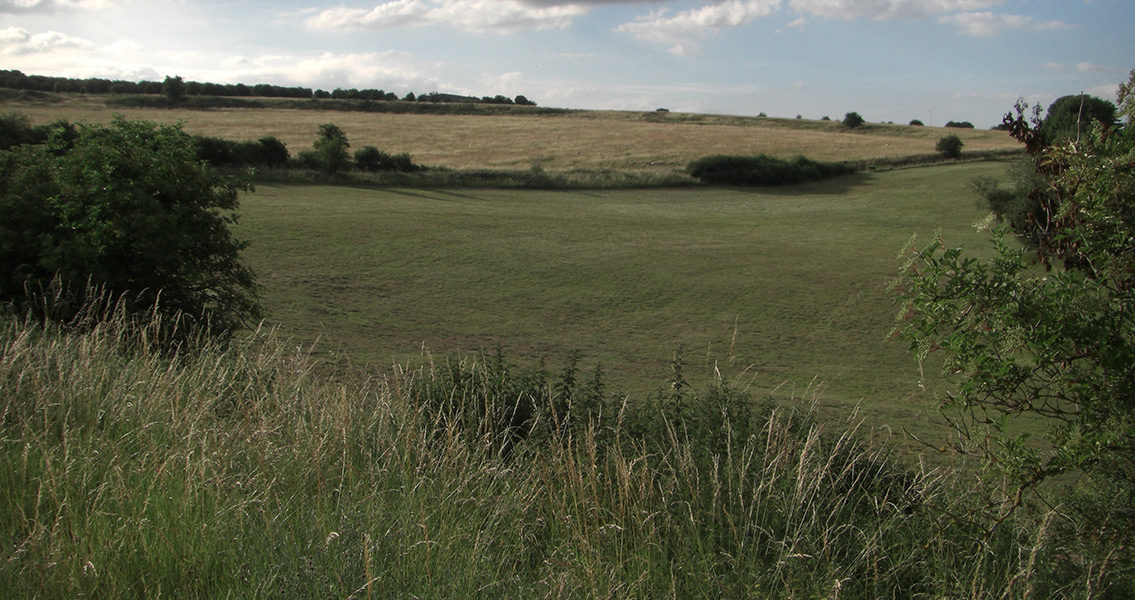<![CDATA[While the famous World Heritage site known as Stonehenge has been drawing attention for thousands of years, there’s a new kid on the block – and it’s just two miles from the impressive circle of standing stones. A stone’s throw to the northeast, the remains of what seems to have been a massive 500-diameter circle of giant wooden posts have been discovered at the Durrington Walls archaeological complex. Sparking international interest, the site was thought to have been harboring standing stones that had been buried sometime in the past based on geophysical surveys, but now this new revelation has researchers scratching their heads at the discovery – which also happens to be the largest of its type ever found in the UK. The truly fascinating part of this emergent mystery is that the ring of timber posts is unlikely to have ever been finished. In fact, shortly after construction began – either months or years, it’s yet unclear as to how long exactly – work was stopped after a socio-political event changed the face of the religion worshiped in the area. Even though the complex was close to completion, work was halted at around 2460 BCE. Hundreds of timber posts, each anywhere from six to seven meters long, were pulled from their moorings 1.5 meters deep in the earth, likely to be repurposed elsewhere. Additionally, evidence has been uncovered that sometime after these posts were uprooted, the holes left behind by their removal were filled with chalk blocks and then covered by a large chalk rubble bank. A pair of the post holes were excavated as part of the investigations and a crude bone tool, created from the shoulder blade of a cow, was found at the bottom; seemingly laid there on purpose and possibly leaving hints as to how the religious beliefs of those working on the complex might have changed. According to an article in The Independent, it seems as if those who had been responsible for shifting the local populace’s religious beliefs were attempting in some quite literal way to bury the past. Researchers are now gearing up to see if these religious revolutionaries were seeking to conceal their own history or if it was an attempt to erase the influence of another cultural group instead. The significance of this discovery is also high as this sudden change in religious worship is thought to have occurred nearly simultaneously with the transformation of the nearby Stonehenge site into its current configuration: a relatively small-diameter circle of giant stones, from its older, larger diameter configuration created by a multitude of medium-sized stones. The repurposing of Durrington Walls, the reconfiguration of Stonehenge and other, similar events occurring around Britain during this period of prehistory are thought to be part of the process of the Neolithic giving way to the Bronze Age. While it may not be possible to ever discern the political and religious conflicts and rivalries of this time, these new discoveries at Durrington provide some limited context for what may have been happening. ]]>
Remains of Massive Structure Found Next to Stonehenge
